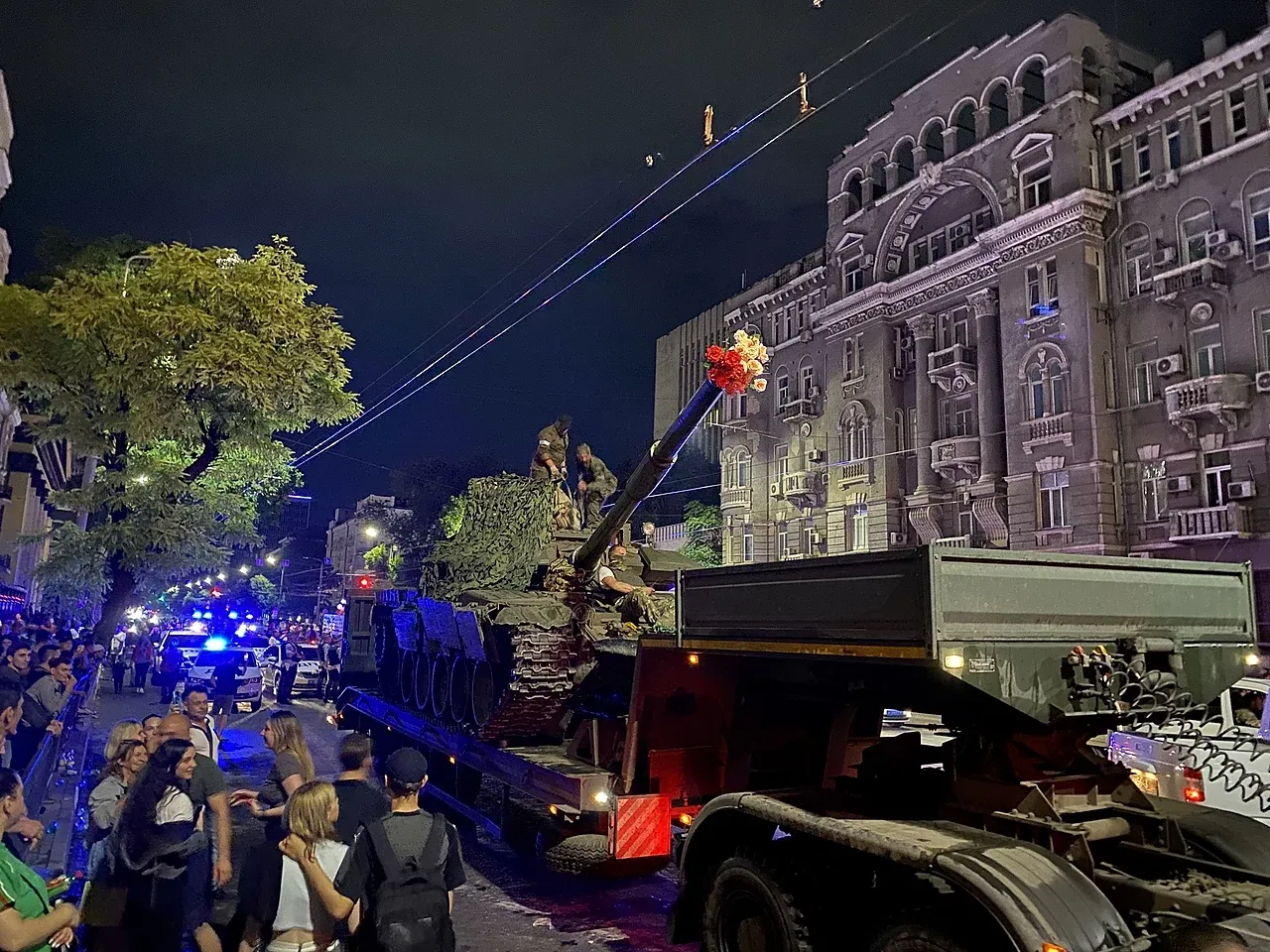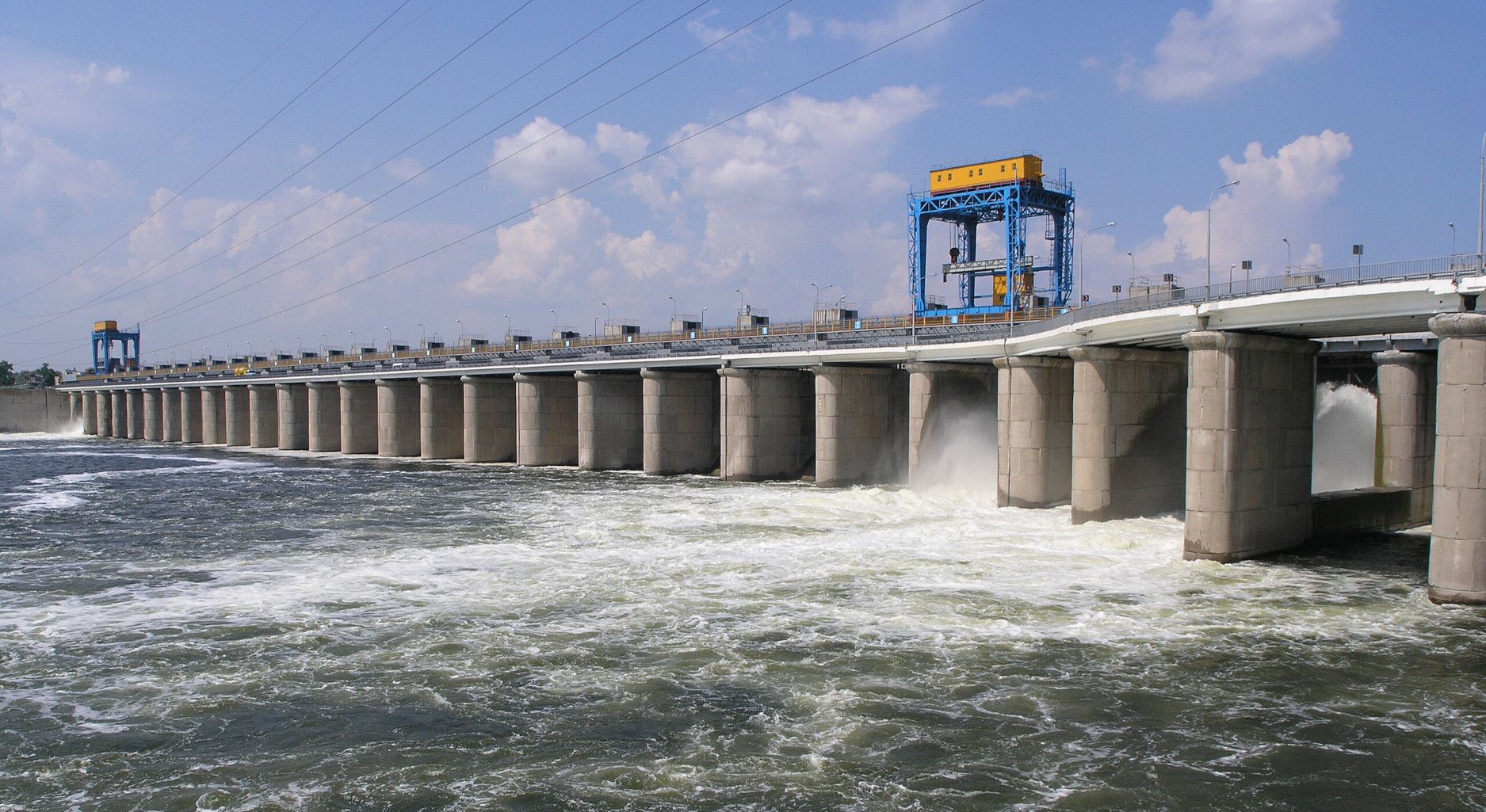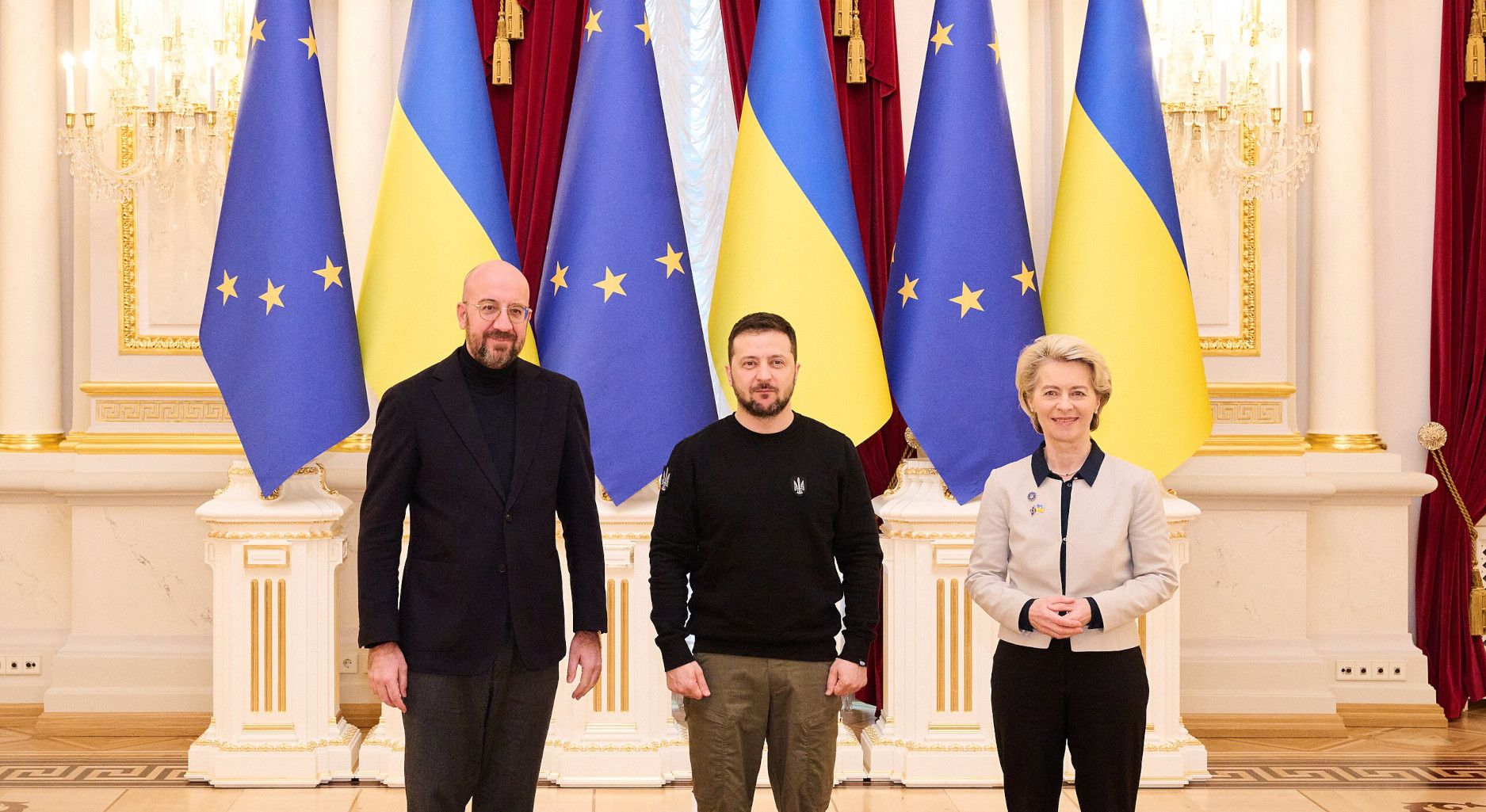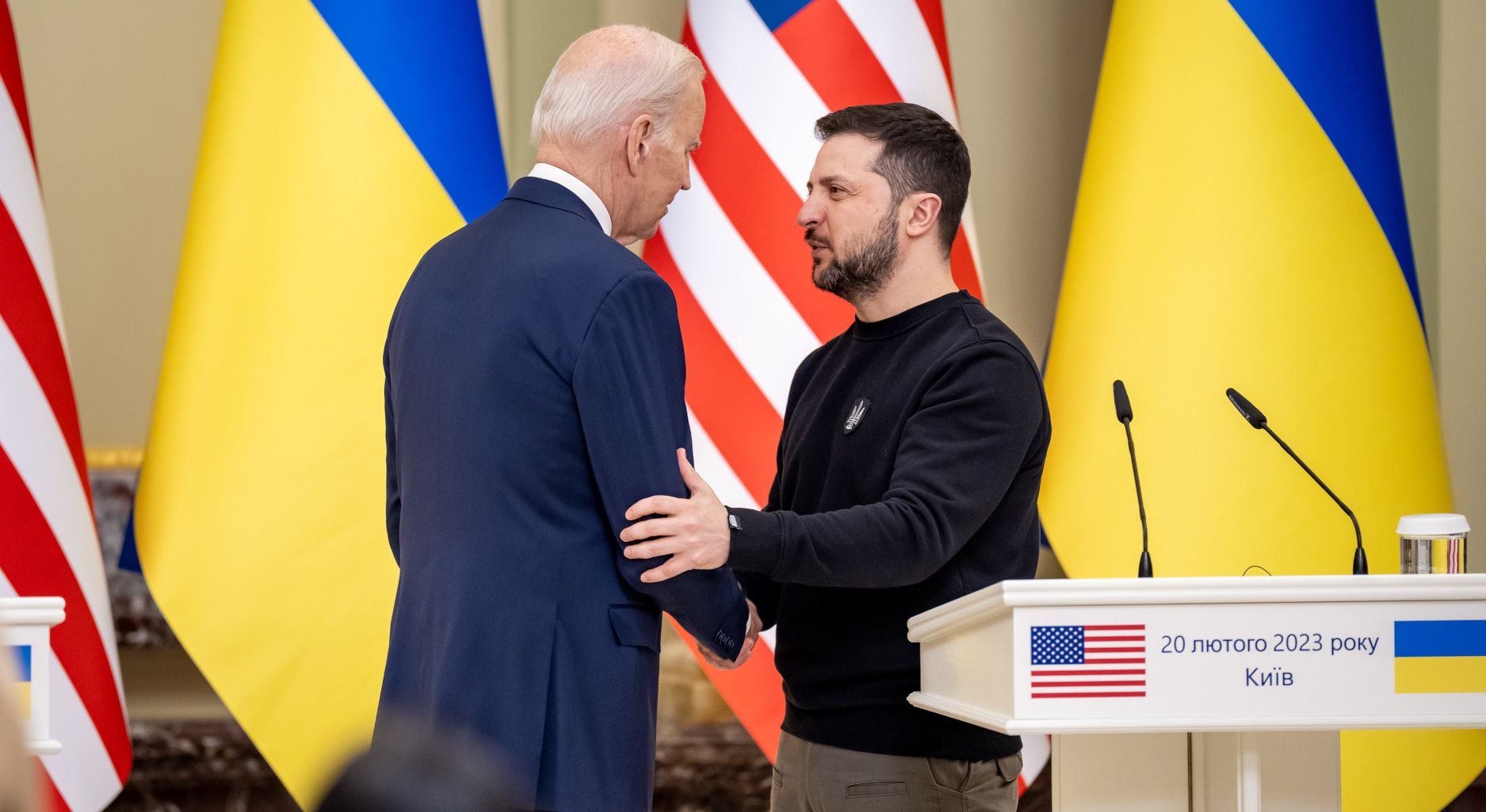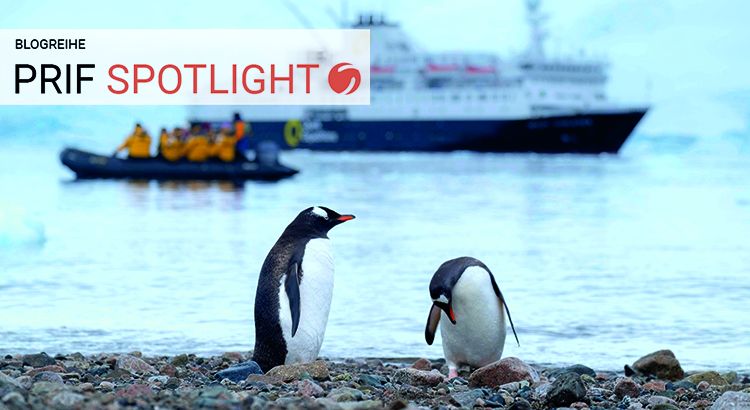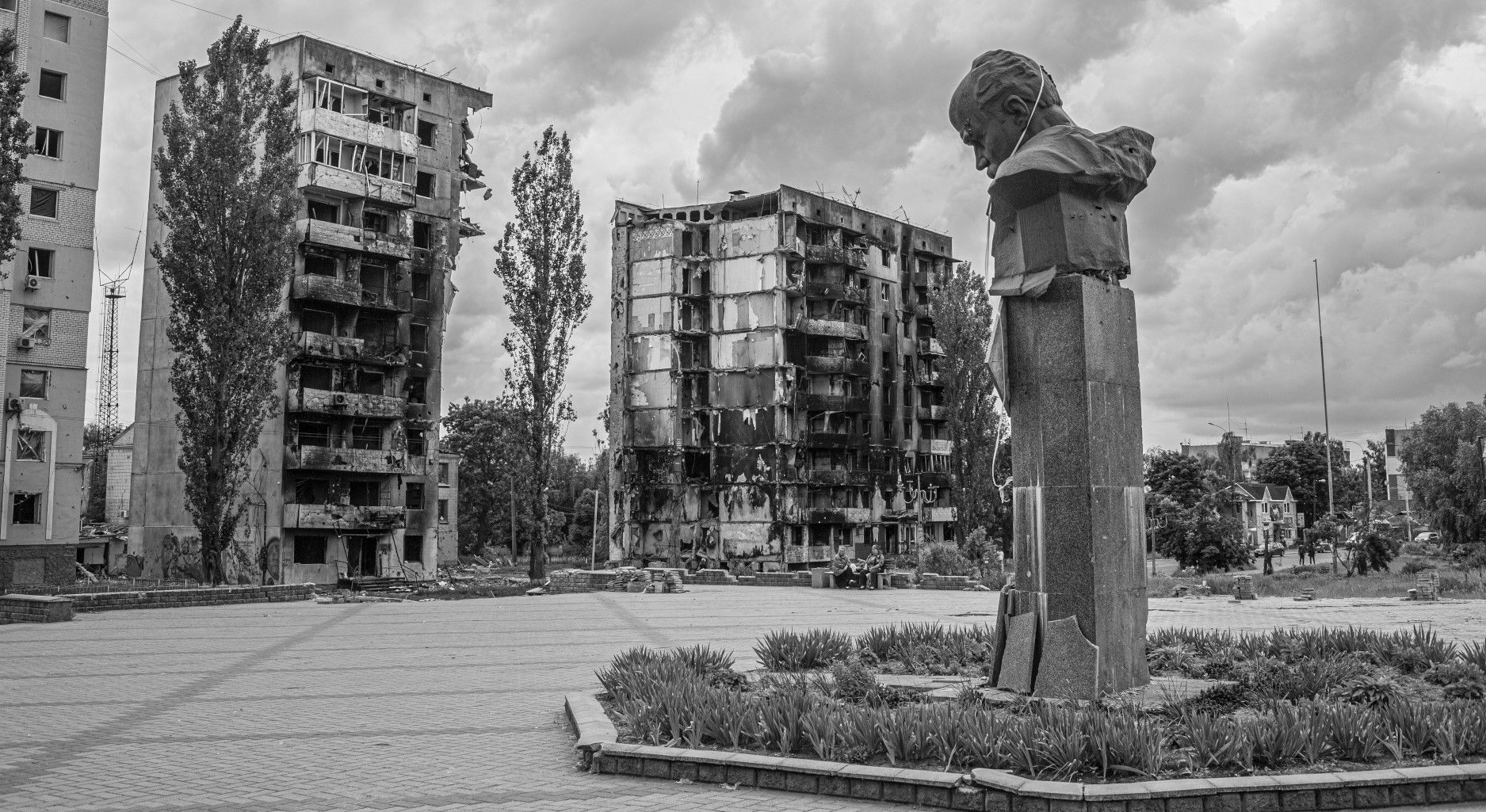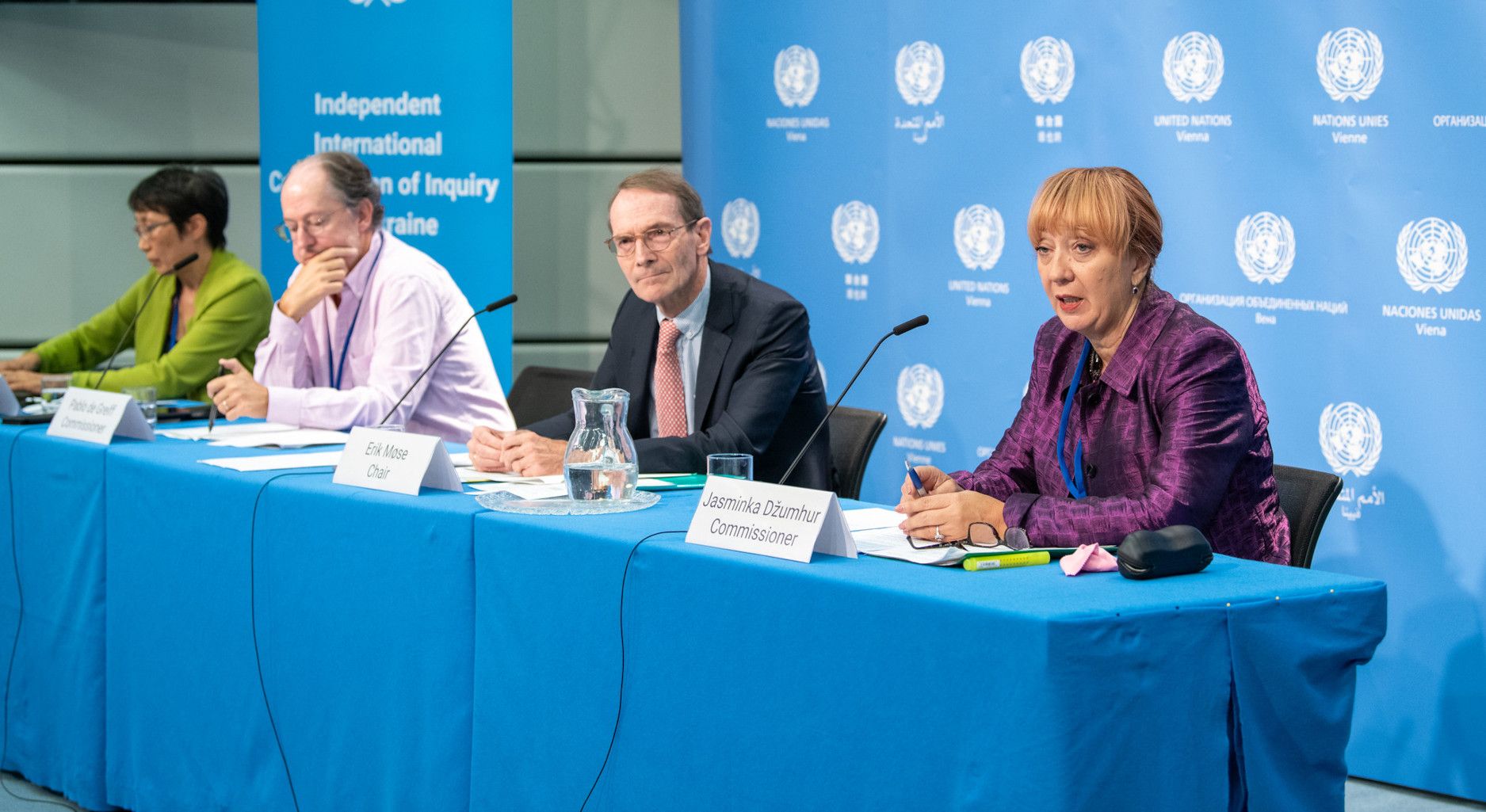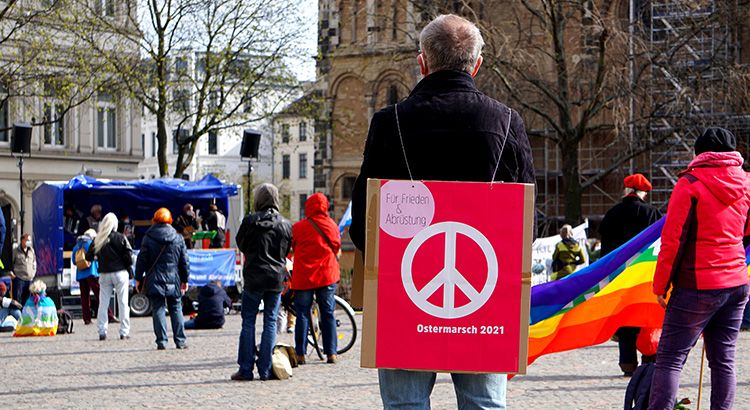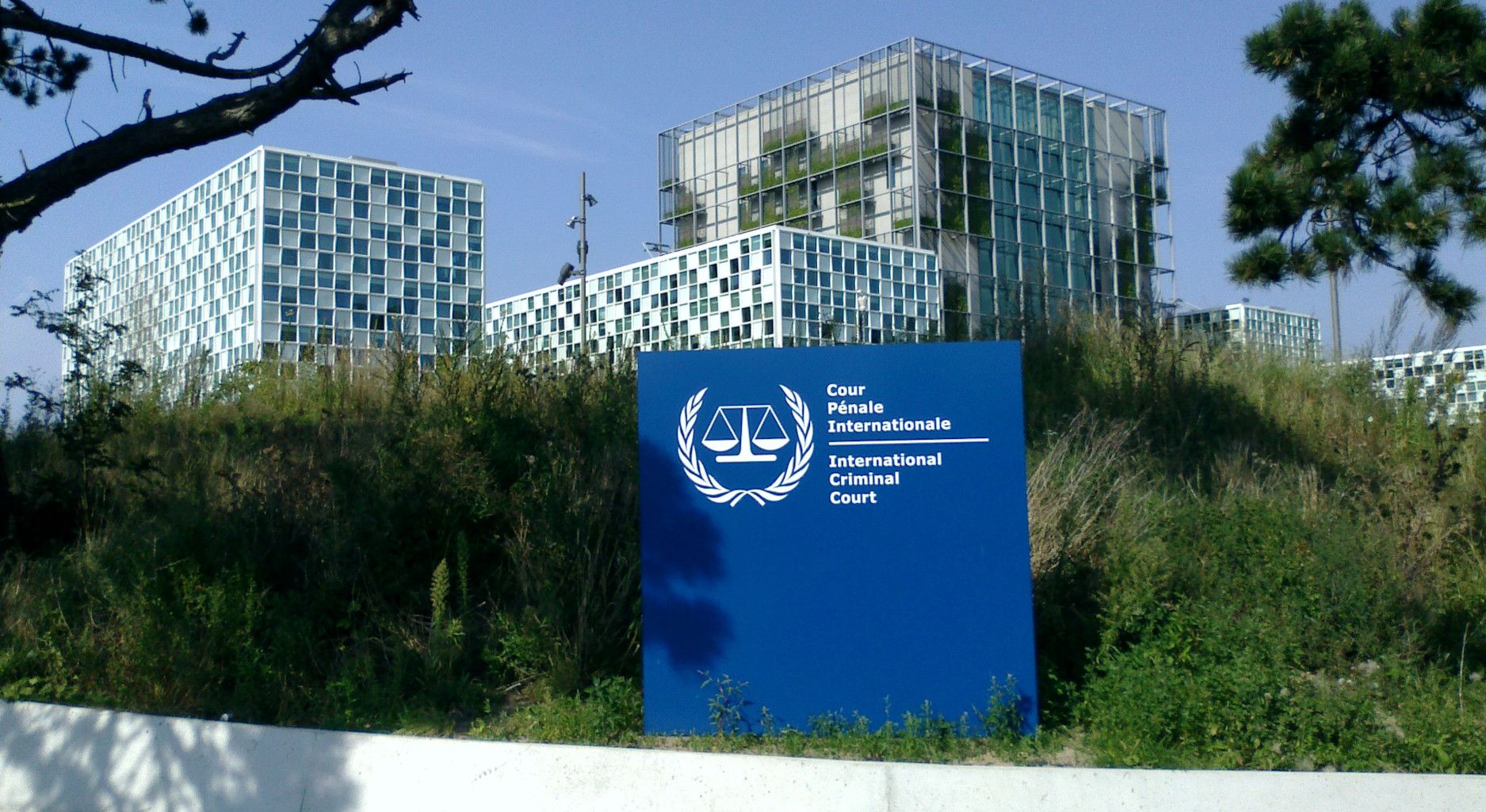Schlagwort: Ukraine
On 23 and 24 June, armed columns of the Wagner Group made their way from occupied Ukrainian territory toward Moscow, passing through Rostov and Voronezh. The declared goal of these Russian mercenaries under the leadership of oligarch Yevgeny Prigozhin was to depose Russian Minister of Defense Sergei K. Shoigu and Russian Chief of the General Staff Valery V. Gerasimov. Prigozhin accused both of having betrayed Russia in its war against Ukraine.
Russische Dolchstoßlegenden: Was bedeutet der Wagnermarsch nach Moskau langfristig?
Am 23. und 24. Juni 2023 zogen bewaffnete Kolonnen der russischen Söldner-Truppe Wagner unter Führung des russischen Oligarchen Prigoschin aus besetztem Gebiet in der Ukraine über Rostow und Woronesch gen Moskau. Ihr erklärtes Ziel: den russischen Verteidigungsminister Sergei K. Schoigu und den russischen Generalstabschef Waleri W. Gerassimow abzusetzen. Prigoschin warf ihnen vor, die russischen Kriegsführung gegen die Ukraine verraten zu haben.
Der dramatische Dammbruch von Kachovka und seine kurz- und langfristigen Folgen
Am Morgen des 6. Juni 2023 wurde gemeldet, dass der Kachovka-Staudamm zerstört wurde, und dass dadurch weite Gebiete flussabwärts, inklusive der Großstadt Cherson, durch eine Flutwelle bedroht werden würden. Der ukrainische Präsident Selensky macht für diese Katastrophe Russland, welches seit dem 24. Februar 2022 den Damm und das dazugehörige Wasserkraftwerk besetzt und kontrolliert hat, verantwortlich. Ob durch eine gezielte Sprengung oder durch grobe Fahrlässigkeit, der Dammbruch hat dramatische kurz- und langfristige Folgen für die Südukraine in Bezug auf Landwirtschaft, Wassersicherheit sowie auch den Schutz vor einem radioaktiven Unfall.
Der Platz der Ukraine in der europäischen Sicherheitsordnung: Konturen einer Debatte II
Die Diskussion um die Frage, wie sich die Sicherheit der Ukraine nach dem Krieg garantieren ließe, ist voll entbrannt. Wenn sich der Weg in die NATO als nicht gangbar erweisen sollte, welche Alternativen böten sich an und wie sind sie zu bewerten? In dem zweiten Blogbeitrag zu dem Thema geht es um Sicherheitsgarantien durch umfassende militärische Unterstützung, durch die Stationierung westlicher Truppen, durch die Aussicht auf EU-Mitgliedschaft und durch Arrangements, die auch russische Sicherheitsinteressen berücksichtigen.
Der Platz der Ukraine in der europäischen Sicherheitsordnung: Konturen einer Debatte I
Die Diskussion über den Platz der Ukraine in einer künftigen europäischen Sicherheitsordnung ist voll in Gange. Erste Weichen werden auf dem NATO-Gipfel am 11. und 12. Juli in Vilnius gestellt. Ob, wann und wie die Ukraine der Allianz beitreten könnte, ist allerdings umstritten. Diskutiert werden daher vier Alternativen: Sicherheitsgarantien durch umfassende militärische Unterstützung, durch die Stationierung westlicher Truppen, durch die Aussicht auf EU-Mitgliedschaft und durch Arrangements, die auch russische Sicherheitsinteressen berücksichtigen. Bei dieser Entscheidung können die Weichen auch falsch gestellt werden – mit weitreichenden Folgen für die europäische Sicherheit. Anlass genug, um in diesem und dem folgenden Blogbeitrag die Vorschläge zu bewerten.
Is Antarctica Still Exceptional? The Case for “Co-opetition” at the South Pole
Antarctic diplomacy has famously shielded the continent of peace, science, and environmental protection from outside conflict and war. This “exceptionalism” is now being tested by Russia’s war against Ukraine and the belief that international strategic competition between great powers is spilling over into the Antarctic. In order to keep the Antarctic exceptional, however, it would be wise to refocus on what has made Antarctic diplomacy so successful in the first place: cooperation in order to compete, or “co-opetition.”
War against Ukraine: How to Make Deterrence and Arms Control Work
One year after the Russian invasion of Ukraine, experts from the United States, Ukraine, Germany, Turkey, and France discussed the consequences of the war for the nuclear world order in a workshop organized by PRIF's French partner organization “Fondation pour la recherche stratégique” (FRS) and the “Odesa Center for Nonproliferation” (OdCNP). The focus was on the importance and limits of nuclear deterrence policy and arms control, disarmament, and nonproliferation.
From Facts to Norm Violations and Accountability? The Independent International Commission of Inquiry on Ukraine
The Independent International Commission of Inquiry on Ukraine—established by the United Nations Human Rights Council in March 2022—published its report on 15 March 2023, detailing numerous violations of international human rights, criminal and humanitarian law, primarily carried out by Russian forces. Such commissions of inquiry are essential when other enforcement mechanisms are blocked, and can provide avenues for accountability in national, regional, and international courts. The full-scale attention of international institutions on Ukraine is a critical moment to strengthen the work of international fact-finding missions for future and existing armed conflicts.
Die Ostermärsche 2023 und der Überfall auf die Ukraine: Nur wenige Aufrufe fordern Russlands Rückzug
Die Ostermärsche schauen auf eine jahrzehntelange Geschichte zurück. Zu ihren Hochzeiten konnten sie Hunderttausende Menschen auf die Straße bringen. Welche Themen und Appelle dabei im Zentrum standen, hing vom jeweiligen Konfliktgeschehen in Europa und der ganzen Welt ab. In diesem Jahr stehen die Aufrufe im Zeichen des russischen Angriffskrieges gegen die Ukraine. Während zahlreiche von ihnen Waffenlieferungen an die Ukraine kritisieren, verlangt nur eine kleine Minderheit den Rückzug der russischen Truppen.
Der Haftbefehl des Internationalen Strafgerichtshofs gegen Putin – Eine völkerrechtliche Einordnung
Am 17. März 2023 hat der Internationale Strafgerichtshof (IStGH) Haftbefehle gegen Vladimir Putin und eine Präsidialbeamtin erlassen. Diese Entscheidung hat große Teile der Fachwelt überrascht und wirft einige Fragen auf: Auf welcher Basis kann der IStGH Putin verfolgen? Was wird ihm und der Präsidialbeamtin vorgeworfen? Ist er als amtierender Präsident vor Verfolgung besonders geschützt? Welche Staaten sind verpflichtet, den Haftbefehl umzusetzen? Was sind die politischen Folgen für Putin, das Gericht und das Völkerrecht? Der Blogbeitrag geht auf diese Fragen vor allem aus völkerrechtlicher Sicht ein.
